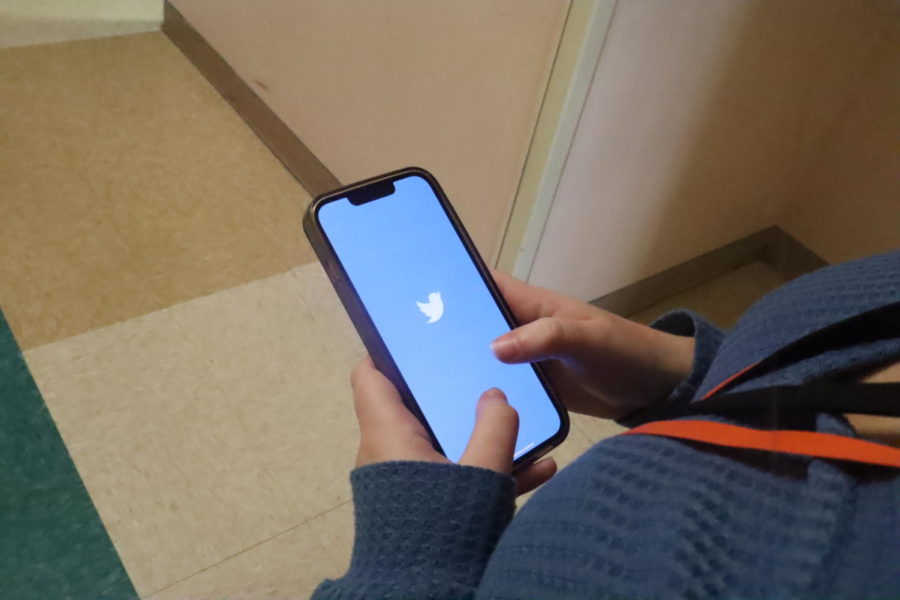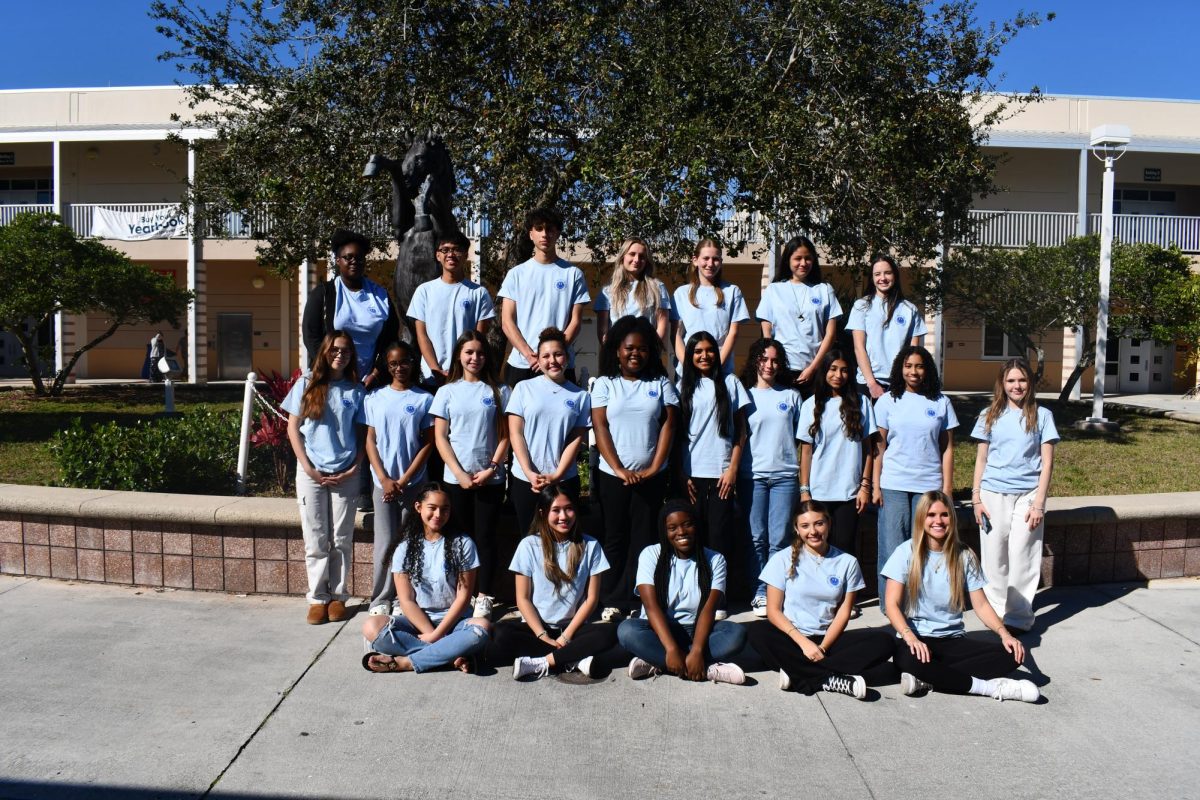Twitter is a ‘Musk’ buy
According to the Business of Apps website, “Twitter has 368 million daily active users and 63 million users in the United States.”
March 13, 2023
Last October, Elon Musk officially became the owner (and later CEO) of Twitter, one of the most popular social media sites worldwide. Since then, controversial changes have been made to the platform: layoffs, a brand new verification system, and a sharp increase in hate speech sitewide.
“He was buying it just to buy it,” said senior Luna Prado. “It’s just a failed PR stunt.”
One of the most well known controversial changes was the Twitter verification system. Before Musk’s takeover, there were two main steps to ensure the account was eligible for verification where a blue checkmark would appear with the account. First, the owner had to confirm their identity, either by linking an official website referencing the person, an official email address, or ID verification (only for individual people, not businesses).
Twitter also could verify people’s identity based on other notable criteria included with the previous steps. News articles, Google trends, stable and verifiable Wikipedia articles, industry-specific references (such as an IMDb page), and potentially a follower or mention count relating to a person or their organization could all be used to verify people’s identity.
There are also a few other guidelines that accounts must follow in order to be considered for verification, such as being complete (having a profile name and picture), being public and active (logged in at least one time within 6 months), having a confirmed phone number or secondary email address, and follow Twitter’s rules and guidelines.
Verification could also be taken away from accounts. If the currently verified account failed to meet the guidelines of verification or is in severe and repeated violations of Twitter rules, such as hate speech or impersonation, the blue checkmark can be taken away (or the account could be suspended, if the violations were severe enough). Certain accounts, such as fan accounts, parody, and commentary accounts, were not eligible for Twitter verification.
However, once Musk officially acquired Twitter, this verification system was changed. Instead of accounts going through the aforementioned process, all the accounts had to do was buy an $11/month subscription to Twitter Blue, instantly giving them a blue checkmark.
Twitter Blue (theoretically, as most of the features have not been implemented yet) gives a subscriber with a verified phone number prioritized tweets, 50 percent less ads compared to non-subscribers, longer video posts, and early access to certain new and upcoming features.
Once the new system went live this past November, hundreds of users created accounts impersonating the likeness of various companies and celebrities. Companies and notable people such as Eli Lilly, Lockheed Martin, Nintendo of America, Tesla (Musk’s own company), Ted Cruz (R-N.Y), Rudy Giuliani (former New York mayor and legal adviser to former President Donald Trump), and George W. Bush (former President) were some of the identities not spared.
Tweets made by these fake accounts affected the business’ stock. For example, a tweet made by a fake Eli Lilly account stated, “We are now excited to announce insulin is free now,” causing Eli Lilly’s stocks to fall sharply for a brief period of time.
In order to combat the impersonation accounts, Twitter introduced a new secondary tag: the “official” tag. These tags are used to identify the verified accounts of actual, notable people and legitimate businesses, instead of the verified accounts that paid for Twitter Blue. For example, a golden checkmark recognizes official businesses, a gray check mark indicates an official government account, and a blue checkmark marks either a formally verified account before Musk’s takeover or a subscriber to Twitter blue.
Along with the rework of the verification system, Twitter lost a large portion of their employees. According to CNBC, Musk has lost about 80 percent of his Twitter employees since he took over.
To address the mass exodus, Musk tweeted the following: “Twitter has had a massive drop in revenue, due to activist groups pressuring advertisers, even though nothing has changed with content moderation and we did everything we could to appease the activists. Extremely messed up! They’re trying to destroy free speech in America.”
Despite this, forms of bigoted speech sharply rose since Musk’s acquisition of the company, as noted by online groups that track hate speech, such as the Anti-Defamation League. Along with this, accounts that would have been bannable under the old Twitter’s rules no longer seem to be considered for termination. For example, the QAnon account was suspended in 2021 but was reinstated this past January under Musk.
Along with this, certain right-wing accounts, that were banned previously on Twitter, were reinstated. For example, former US president Donald J. Trump’s account was reinstated on November 20, 2022 via a poll conducted on Twitter by Musk (despite this, Trump has no plans to return to Twitter), and Andrew Anglin, a Neo-Nazi, that was previously banned in 2013, had his account reinstated too.
Other right wing political extremists have taken advantage of the changed rules to further voice their ideologies. Chaya Raichik, owner of the “Libs of Tiktok” account, which is an extreme, right wing, anti-LGBTQ+ account that discusses medical care for transgender children. The former real estate agent once launched a campaign to expose children’s hospitals counseling young people before gender reassignment surgery.
Twitter users had mixed opinions on these aforementioned changes. Some celebrated, as content moderation became looser on the platform, promoting more “free speech,” along with the promise of easy to obtain verification. Others were more worried about several issues, such as the now loose content moderation and the integrity of Twitter’s infrastructure, seeing as half the company was laid off in a couple of days.
Senior Luna Prado joked that Musk was buying Twitter “just to buy it, and it’s just a failed PR stunt.”
And sophomore Kalie Wolfhope voiced what most Twitter users were probably thinking before and during Twitter’s acquisition. “It was doomed from the start. Buying Twitter gave him a lot of power, and now with that power he can do whatever he wants to do just like how most people in history who got a lot of power decided to do what would benefit them instead of the people.”





